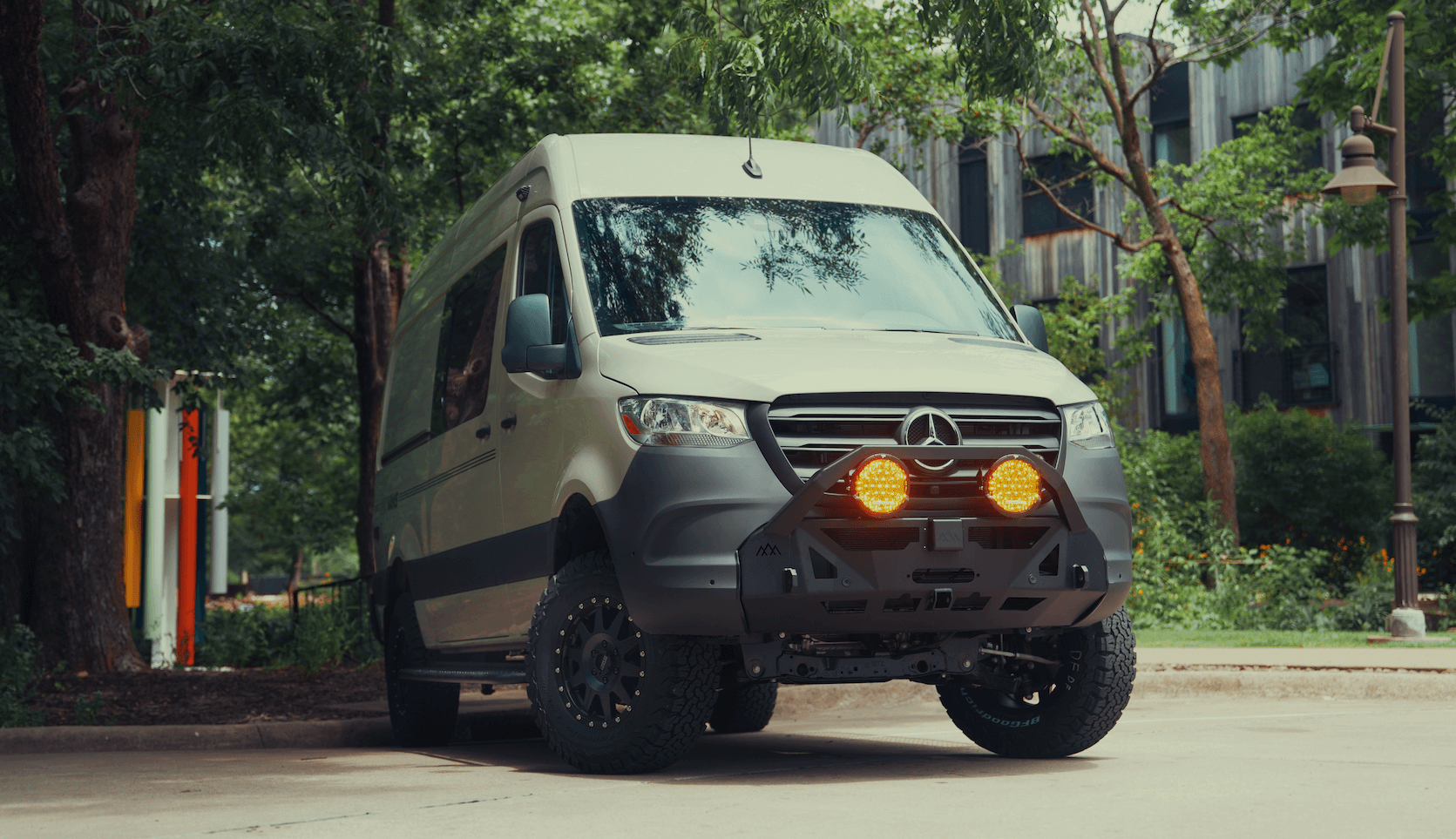Recreational Vans

Stealth camping usually describes sleeping in a vehicle without attracting attention. Think curbside overnights on a quiet street, a late night rest at a highway pull off, or a discreet stay on public land outside a developed campground. The goal is simple rest without the visible signs of camping like chairs, awnings, fires, or gear spread out.
The word stealth can be misleading. You are not hiding from the law; you are avoiding disruption and respecting local rules. Legality depends on where you park, how long you stay, and whether you ignore posted restrictions. A low profile approach helps, but it never overrides the law on that block or trailhead.
There is no single nationwide rule. The answer changes with land type and local ordinances.
Private property: Sleeping without permission is trespassing. If a business or homeowner asks you to leave, do so immediately. Some stores permit overnighting, but permission is policy specific and can change by location or manager.
City streets: Municipal codes often regulate sleeping in vehicles, time limited parking, or overnight parking in commercial zones. You might see two hour limits, no parking 2 am to 5 am zones, or permit only areas. Posted signs and neighborhood rules control the outcome.
Rest areas: States set their own time limits and rules. Many allow short term rest for fatigue, not camping. That typically means remaining in your vehicle, no gear outside, and leaving within the posted time window.
National parks: Developed campgrounds require a reservation when available. Sleeping in a vehicle outside designated campsites is generally prohibited in most park districts unless a specific lot is expressly approved for overnighting.
National forests and BLM land: Dispersed camping is often allowed away from developed campgrounds, subject to stay limits, fire restrictions, seasonal closures, and road access rules. Check the local ranger district or field office map for current guidance and distance requirements from water sources, trailheads, or roads.
Beaches and coastal zones: Many coastal communities restrict overnight vehicle stays due to tides, safety, and crowding. Look for marked lots that allow self contained vehicles or plan a campground.
The takeaway is straightforward. Sleeping in a vehicle can be legal, legal with conditions, or prohibited depending on the jurisdiction. Signs, published regulations, and posted time limits always win.
A calm five minute scan can prevent a midnight knock.
If anything contradicts what an app or blog suggests, trust the sign in front of you. Online tips get outdated; local signage reflects current enforcement.
Etiquette is not law, but it is the difference between a quiet night and a visit from security.
Dispersed camping on national forests and BLM land often sits at the heart of legal vehicle sleeping. Rules vary by district, but several patterns repeat across the West and Midwest.
Always check the current map and notices from the local office before you roll down a forest road. A quick call to a ranger station is often the fastest path to a confident plan.
In cities, the legal question is joined by safety considerations. Choose well lit blocks that are calm after business hours. Avoid school zones, hospital access roads, and government buildings where security patrols remain active all night. Park like any other car, lock up, and keep valuables out of sight. Rotate locations instead of returning to the same street every night to prevent complaints.
Your build does not grant permission, but it can help you rest without disruption. Quiet all electric power systems avoid generator noise. Good window coverings control light spill. Thoughtful ventilation reduces window fogging that draws attention. Soft close cabinetry and sound deadening keep late night movement nearly silent. Exterior restraint is the rule. Skip ladders, roof clutter, and big graphics if your routes include city overnights with strict ordinances.
You decide where to sleep, and the law sets the rules. Our role is to help you rest comfortably when you choose legal places to stop. We design vans and overland rigs with discreet silhouettes, quiet power, and interior layouts that function like a studio apartment on wheels. That means solid insulation, blackout solutions, ventilation that works, and battery systems sized for real overnight use without idling or noise. The outcome is simple. When you pick a compliant spot, your rig feels calm, contained, and neighbor friendly.
Is stealth camping illegal? Sometimes yes, sometimes no. It depends on whose land you are on, what the posted signs say, and whether you behave like a respectful guest. Treat every stop as a privilege, read the rules, and build your travel plan around legal, low impact rest.
If you want a vehicle that stays quiet, tidy, and comfortable in permitted overnight spots, we can help. Our team builds complete custom vans and partial upfits that emphasize low profile looks, silent power, and smart storage. We hand off every rig with clear walk throughs so you know exactly how to operate your systems in town, on forest roads, and wherever the map takes you next.
We design and build in Fayetteville, Arkansas, serving travelers nationwide with complete custom builds and partial upfits. Tell us how you camp and where you roll, and we will craft a quiet, clean, and capable van ready for legal, low profile overnights.
Ready to travel smarter and stay compliant? Tell us how you camp, and our team will design a low profile, quiet, power capable van that fits local rules and your routes. Start your custom plan today and turn curbside overnights into calm, legal rest.
ADDRESS:
6159 E Huntsville Rd, Fayetteville, AR 72701
PHONE:
(479) 326-9200
EMAIL:
info@ozkvans.com